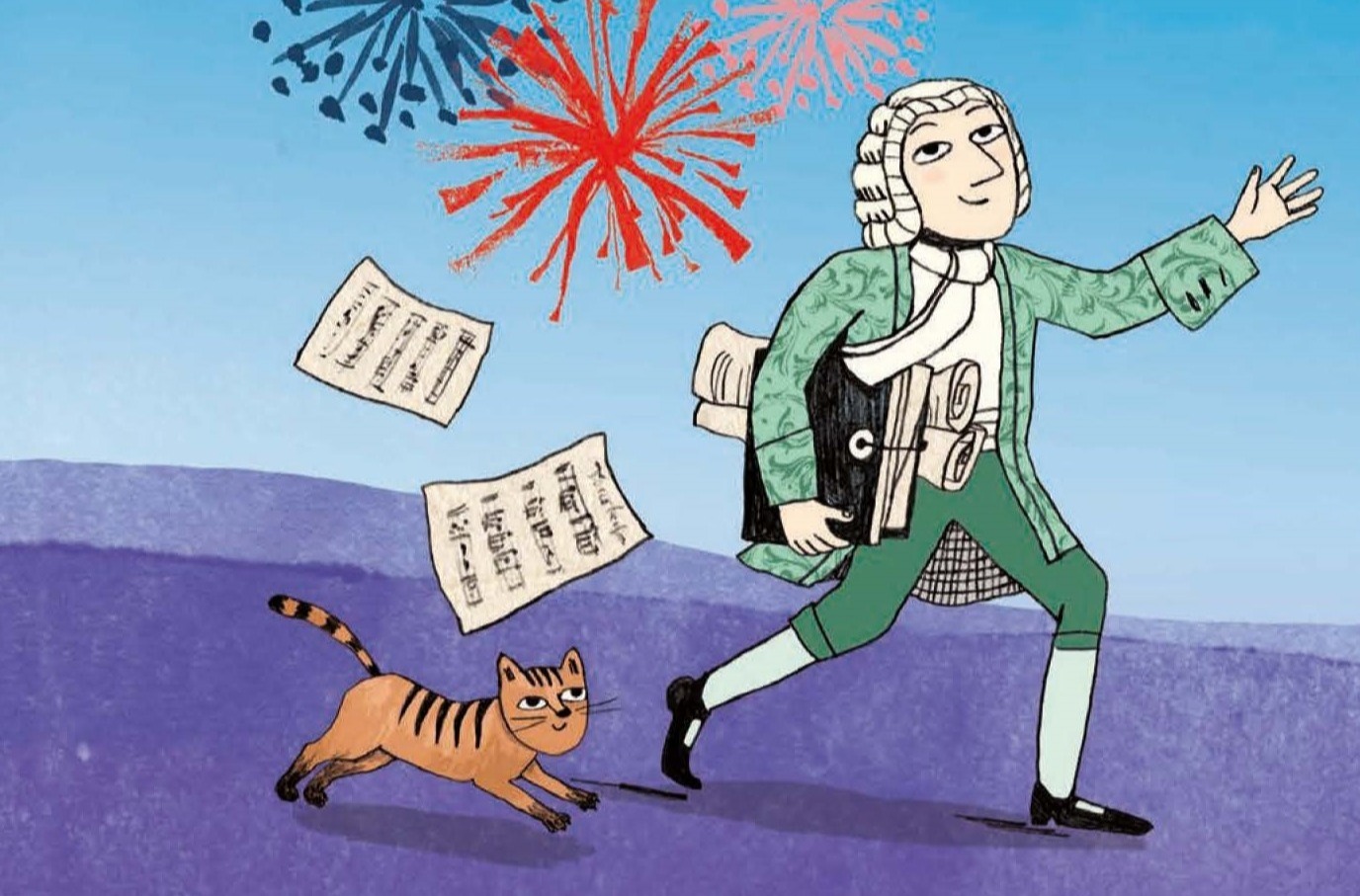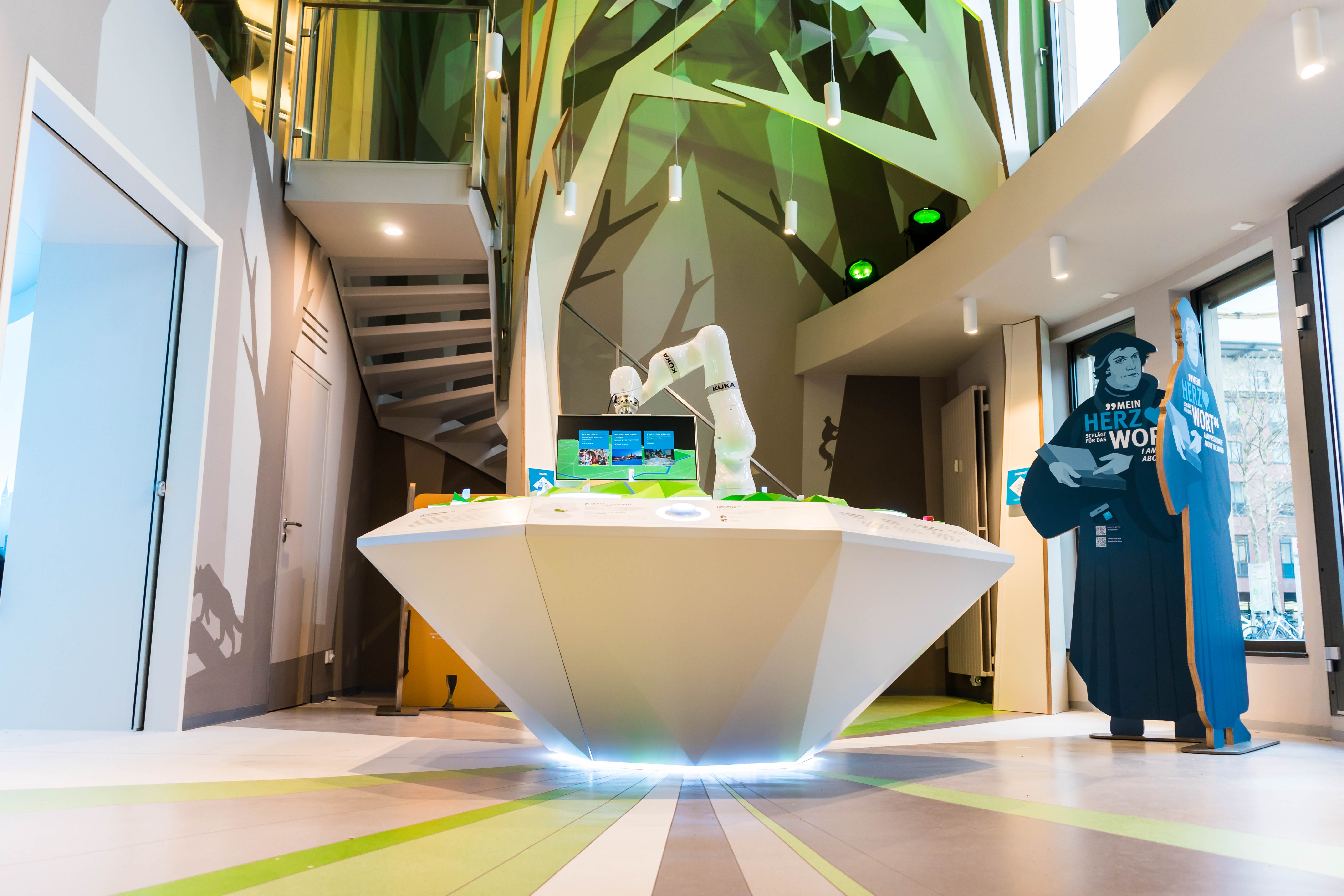Click here for the online store.
Weimar
Court Organist and Chamber Musician
Five years later, in 1708, he returned to Weimar. Together with his pregnant wife, Maria Barbara and her sister, Friedelana Margaretha, he moved into the house at Markt 16. This is where Bach’s first six children were born, including his most famous sons: Wilhelm Friedemann and Carl Philipp Emanuel. Bach’s pupils, who highly praised the teaching methods of their teacher, also had their lessons there.
For the first time, he had a trained orchestra at his disposal. Thus, during this time he composed over 30 cantatas, early versions of the “Brandenburg Concertos”, a large part of his organ oeuvre that he had begun in Arnstadt, including the “Orgelbüchlein”, early versions of his Partitas for violin solo, and the “English Suites,” the latter of which having only survived in copied form. In 1714, Johann Sebastian Bach was named “Cammer-Musicus” (chamber musician) and “Concertmeister” (concert master), and became a well-paid musician at the ducal court.

TIPP
Experience Space "Bach in Weimar"
Experience Space "Bach in Weimar", Foto: Thomas Müller, weimar GmbH
However, in the Fall of 1717, Johann Sebastian Bach asked to be dismissed, in order to take on the much better-paid and more distinguished position of court conductor for Prince Leopold von Anhalt-Köthen. He had already received an advance on his salary in August, and was therefore doubly employed. Consequently, Duke Wilhelm Ernst had Bach arrested and locked up in the “Landrichter” chamber of the Bastille next to the residence castle. One month later, he was released “with registered disgrace” and without pay for the last quarter of the year.
Fotos:
(1) Bach Biennale Weimar, Foto: Robert Elias Wachholz, weimar GmbH
(2) Experience Space "Bach in Weimar", Foto: Thomas Müller, weimar GmbH
(3) City CHurch of Saint Peter and Paul, Foto: Clemens Bauerfeind, weimar GmbH















